Home>Gardening & Outdoor>Pool & Spa Care>Why Does The Breaker On My Hot Tub Keep Tripping
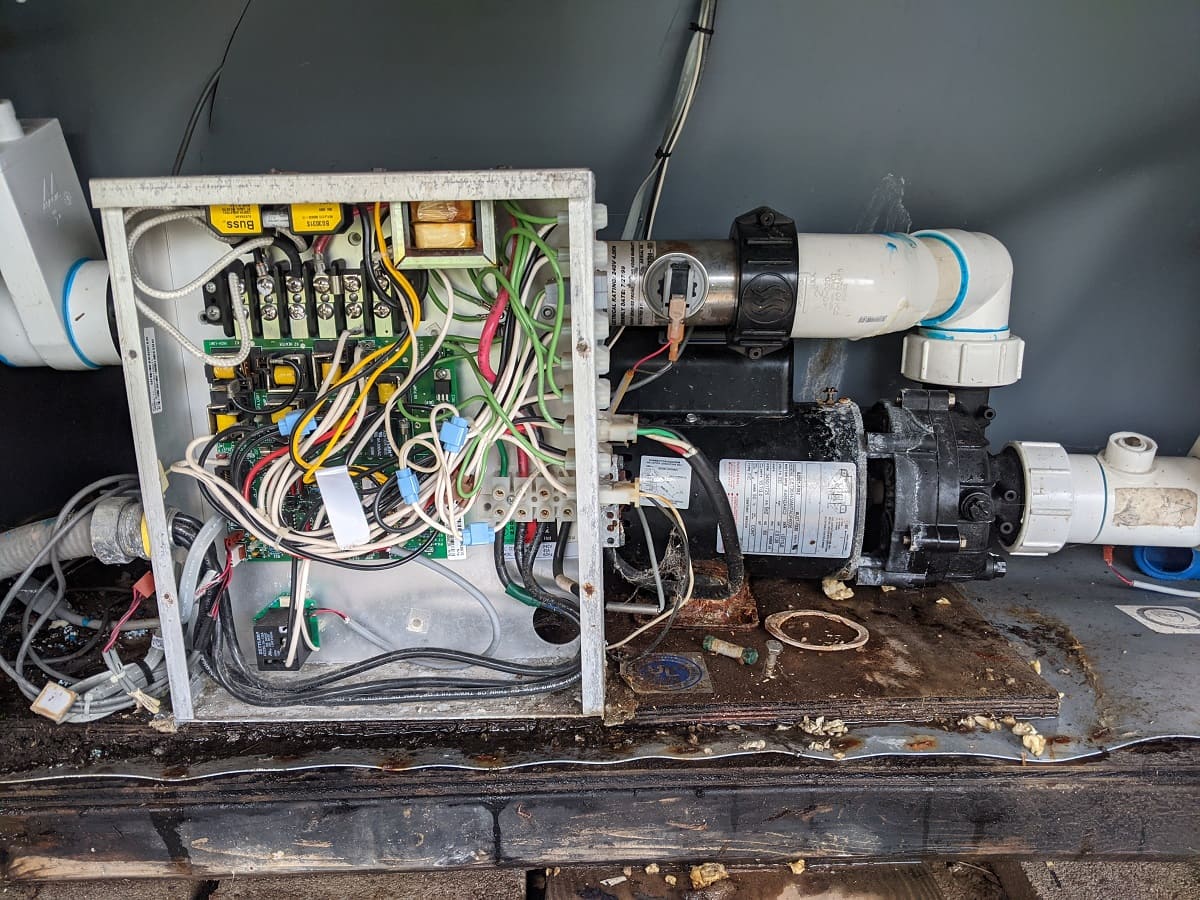

Pool & Spa Care
Why Does The Breaker On My Hot Tub Keep Tripping
Modified: February 18, 2024
Discover the reasons behind your hot tub breaker tripping and learn essential pool and spa care tips to prevent further issues. Keep your hot tub running smoothly with expert advice.
(Many of the links in this article redirect to a specific reviewed product. Your purchase of these products through affiliate links helps to generate commission for Storables.com, at no extra cost. Learn more)
Introduction
Welcome to the wonderful world of hot tubs! There’s nothing quite like sinking into the warm, bubbling water after a long day. However, if you’ve experienced the frustration of your hot tub breaker tripping, you’re not alone. Understanding why this happens is crucial for maintaining the functionality and safety of your hot tub.
Imagine this: it’s a chilly evening, and you’re eagerly anticipating a relaxing soak in your hot tub. As you prepare to indulge in this luxurious experience, you encounter a common issue – the breaker on your hot tub keeps tripping. This not only disrupts your plans but also prompts concerns about the safety and functionality of your beloved hot tub.
Before diving into the potential reasons behind this issue, it’s important to grasp the purpose of the breaker in your hot tub. The breaker serves as a crucial safety mechanism, designed to protect the electrical components of your hot tub from damage caused by excessive current flow. Essentially, it acts as a safeguard against potential hazards, such as electrical fires and equipment damage.
Now, let’s embark on a journey to unravel the mystery behind your hot tub breaker tripping. By understanding the common culprits, you’ll be equipped to address the issue effectively and restore the blissful experience of unwinding in your hot tub.
Key Takeaways:
- Your hot tub’s breaker may trip due to overloaded circuits, short circuits, ground faults, or aging equipment. Understanding these issues can help you maintain a safe and enjoyable hot tub experience.
- To prevent your hot tub’s breaker from tripping, consider staggering the use of energy-intensive features, inspecting for damaged wiring, and conducting routine maintenance to address potential electrical anomalies.
Read more: Why Does My AC Breaker Keep Tripping
Understanding the Breaker
Before delving into the specific reasons why the breaker on your hot tub keeps tripping, it’s essential to comprehend the function of this integral component. The breaker, also known as a circuit breaker, is a safety device that plays a pivotal role in safeguarding your hot tub’s electrical system.
Picture the breaker as a vigilant guardian, constantly monitoring the flow of electricity to your hot tub. When it detects an abnormal surge in electrical current, it swiftly intervenes to disrupt the flow of electricity, preventing potential damage to the wiring, components, and, most importantly, ensuring your safety.
Essentially, the breaker serves as a protective barrier, shielding your hot tub from the perils of electrical overloads, short circuits, and ground faults. By promptly interrupting the electrical flow in response to these anomalies, it mitigates the risk of electrical fires and safeguards the longevity of your hot tub’s electrical system.
Now, let’s explore the common scenarios that can trigger the vigilant intervention of your hot tub’s breaker, causing it to trip and disrupt your tranquil soak. By gaining insight into these potential causes, you’ll be better equipped to address the issue and restore the uninterrupted enjoyment of your hot tub.
Overloaded Circuit
One of the primary reasons why the breaker on your hot tub keeps tripping is an overloaded circuit. This occurs when the electrical demand surpasses the capacity of the circuit, triggering the protective response of the breaker. In the context of hot tubs, an overloaded circuit often stems from the simultaneous operation of energy-intensive components, such as the heater, jets, and lights.
Imagine this: you’re reveling in the warmth of your hot tub while the powerful jets create a soothing hydrotherapy experience. Meanwhile, the heater diligently maintains the water temperature, and the ambient glow of the lights enhances the tranquil ambiance. However, this harmonious symphony of hot tub features can inadvertently lead to an excessive electrical load, overwhelming the circuit and prompting the breaker to intervene.
To address this issue, consider the cumulative electrical consumption of the hot tub’s components and the capacity of the circuit. If the combined power draw exceeds the circuit’s limits, it’s prudent to stagger the use of energy-intensive features. For example, you can alternate between activating the jets and the heater, ensuring that the electrical demand remains within the circuit’s capabilities.
Furthermore, if your hot tub shares the circuit with other electrical devices or appliances, the collective power consumption can exacerbate the risk of an overloaded circuit. In such cases, it’s advisable to dedicate a separate circuit specifically for the hot tub, minimizing the likelihood of electrical overload and breaker tripping.
By discerning the implications of an overloaded circuit and implementing strategic measures to manage the electrical load, you can mitigate the recurrence of breaker tripping, preserving the seamless enjoyment of your hot tub.
Short Circuit
Another potential culprit behind the persistent tripping of your hot tub’s breaker is a short circuit. This electrical anomaly occurs when a low-resistance path forms between the hot and neutral conductors, bypassing the intended circuitry and creating a surge of current. In the context of hot tubs, a short circuit can arise from damaged wiring, exposed conductors, or moisture intrusion, posing a significant risk to the electrical system.
Imagine this: within the intricate network of your hot tub’s electrical infrastructure, a compromised wire comes into contact with a conductive surface, triggering a disruptive short circuit. This sudden surge of electrical current can swiftly prompt the intervention of the breaker, safeguarding the hot tub from potential damage and mitigating the risk of electrical hazards.
To address the prospect of a short circuit causing the breaker to trip, it’s imperative to conduct a thorough inspection of the hot tub’s wiring and electrical connections. Look for signs of wear, fraying, or exposed conductors, as these indicate potential points of vulnerability that can lead to a short circuit. Additionally, moisture infiltration, whether from environmental exposure or internal leaks, can exacerbate the risk of a short circuit, necessitating diligent maintenance and protective measures.
By promptly addressing any indications of compromised wiring, fortifying the insulation of electrical components, and mitigating moisture intrusion, you can significantly reduce the likelihood of a short circuit triggering the breaker and disrupting your hot tub experience.
Understanding the potential implications of a short circuit and proactively fortifying the hot tub’s electrical integrity empowers you to maintain a safe and reliable electrical system, minimizing the occurrence of disruptive breaker tripping.
Check for any water leaks or moisture around the hot tub’s electrical components. Water can cause the breaker to trip. If you find any leaks, have them repaired by a professional before using the hot tub again.
Ground Fault
One of the prevalent factors contributing to the recurrent tripping of your hot tub’s breaker is a ground fault. This electrical anomaly occurs when an unintended connection between the hot wire and the ground, or the neutral wire and the ground, occurs within the electrical system. In the context of hot tubs, ground faults pose a significant risk, potentially leading to breaker intervention and necessitating diligent troubleshooting.
Picture this scenario: within the intricate network of your hot tub’s electrical components, an inadvertent connection between the hot wire and the ground emerges, initiating a disruptive ground fault. This unexpected pathway for electrical current can prompt the vigilant response of the breaker, mitigating the potential hazards associated with ground faults and safeguarding the hot tub’s electrical system.
To address the prospect of a ground fault causing the breaker to trip, it’s crucial to conduct a comprehensive assessment of the hot tub’s electrical connections, including the bonding and grounding systems. Look for signs of compromised insulation, loose connections, or corrosion, as these factors can exacerbate the risk of ground faults. Additionally, periodic testing of the ground fault circuit interrupter (GFCI) – a critical safety device designed to detect ground faults – is essential to ensure its optimal functionality.
Furthermore, environmental factors, such as moisture infiltration and exposure to corrosive elements, can heighten the susceptibility to ground faults, necessitating proactive protective measures and meticulous maintenance of the hot tub’s electrical infrastructure.
By diligently addressing potential points of vulnerability, fortifying the integrity of the bonding and grounding systems, and conducting routine assessments of the GFCI, you can significantly mitigate the likelihood of ground faults triggering the breaker and disrupting your hot tub experience.
Understanding the implications of ground faults and implementing proactive measures to fortify the hot tub’s electrical resilience empowers you to maintain a safe and reliable electrical system, minimizing the occurrence of disruptive breaker tripping.
Read more: Why Does One Of My Breakers Keep Tripping
Aging Equipment
As your hot tub gracefully weathers the passage of time, the aging of its electrical components can emerge as a potential catalyst for the persistent tripping of the breaker. Over the years, the wear and tear on electrical elements, such as wiring, connectors, and circuitry, can gradually compromise their integrity, increasing the likelihood of electrical anomalies that prompt the intervention of the breaker.
Imagine this: within the heart of your hot tub’s electrical infrastructure, the cumulative effects of aging manifest in the form of degraded wiring insulation, weakened connectors, or compromised circuit components. These subtle yet impactful changes can culminate in intermittent electrical anomalies, prompting the breaker to intervene as a safeguard against potential hazards.
To address the implications of aging equipment leading to breaker tripping, it’s essential to conduct routine inspections of the hot tub’s electrical components, focusing on identifying signs of wear, corrosion, and degradation. By proactively replacing aging wiring, connectors, and circuit elements, you can fortify the electrical resilience of your hot tub, mitigating the risk of disruptive breaker interventions.
Furthermore, technological advancements in hot tub components and electrical systems offer opportunities to upgrade aging elements, enhancing the efficiency and safety of the overall electrical infrastructure. By embracing these advancements, you can modernize your hot tub’s electrical system, reducing the susceptibility to issues that trigger breaker tripping.
Embracing a proactive approach to the maintenance and modernization of your hot tub’s electrical components empowers you to mitigate the impact of aging equipment, preserving a safe, reliable, and uninterrupted hot tub experience.
Understanding the implications of aging equipment and embracing proactive measures to fortify the hot tub’s electrical resilience enables you to minimize the occurrence of disruptive breaker tripping, ensuring the enduring enjoyment of your hot tub.
Conclusion
Congratulations on embarking on a journey to unravel the mystery behind your hot tub’s persistent breaker tripping! By delving into the intricate realm of electrical systems and hot tub maintenance, you’ve gained valuable insights into the potential culprits behind this common issue. Armed with this knowledge, you’re well-equipped to address the underlying factors and restore the uninterrupted enjoyment of your hot tub.
From the vigilant oversight of the breaker to the potential triggers of electrical anomalies, such as overloaded circuits, short circuits, ground faults, and aging equipment, you’ve gained a comprehensive understanding of the intricate interplay between electrical resilience and hot tub functionality.
As you navigate the realm of hot tub maintenance and electrical troubleshooting, remember the importance of proactive measures. Conduct routine assessments of your hot tub’s electrical components, fortify the bonding and grounding systems, and consider the impact of aging equipment on the overall electrical resilience.
Furthermore, don’t hesitate to seek professional assistance when encountering complex electrical issues. Experienced technicians can provide invaluable insights and guidance, ensuring the optimal functionality and safety of your hot tub’s electrical system.
By embracing a proactive approach to hot tub maintenance and diligently addressing potential electrical anomalies, you’re not only preserving the blissful experience of unwinding in your hot tub but also prioritizing the safety and longevity of this cherished retreat.
So, as you embark on the endeavor to resolve the persistent tripping of your hot tub’s breaker, remember that with knowledge, vigilance, and proactive maintenance, you can ensure that your hot tub continues to be a haven of relaxation and rejuvenation for years to come.
Frequently Asked Questions about Why Does The Breaker On My Hot Tub Keep Tripping
Was this page helpful?
At Storables.com, we guarantee accurate and reliable information. Our content, validated by Expert Board Contributors, is crafted following stringent Editorial Policies. We're committed to providing you with well-researched, expert-backed insights for all your informational needs.
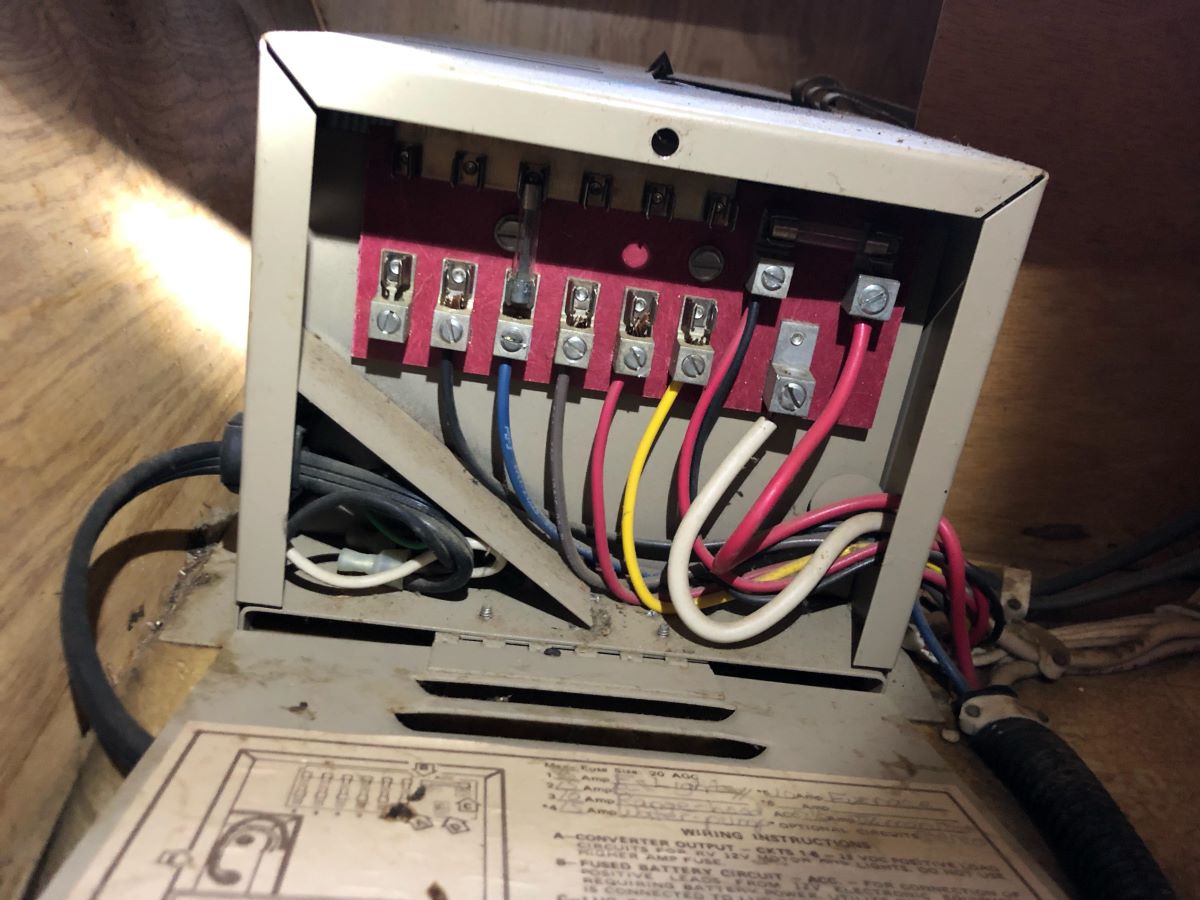
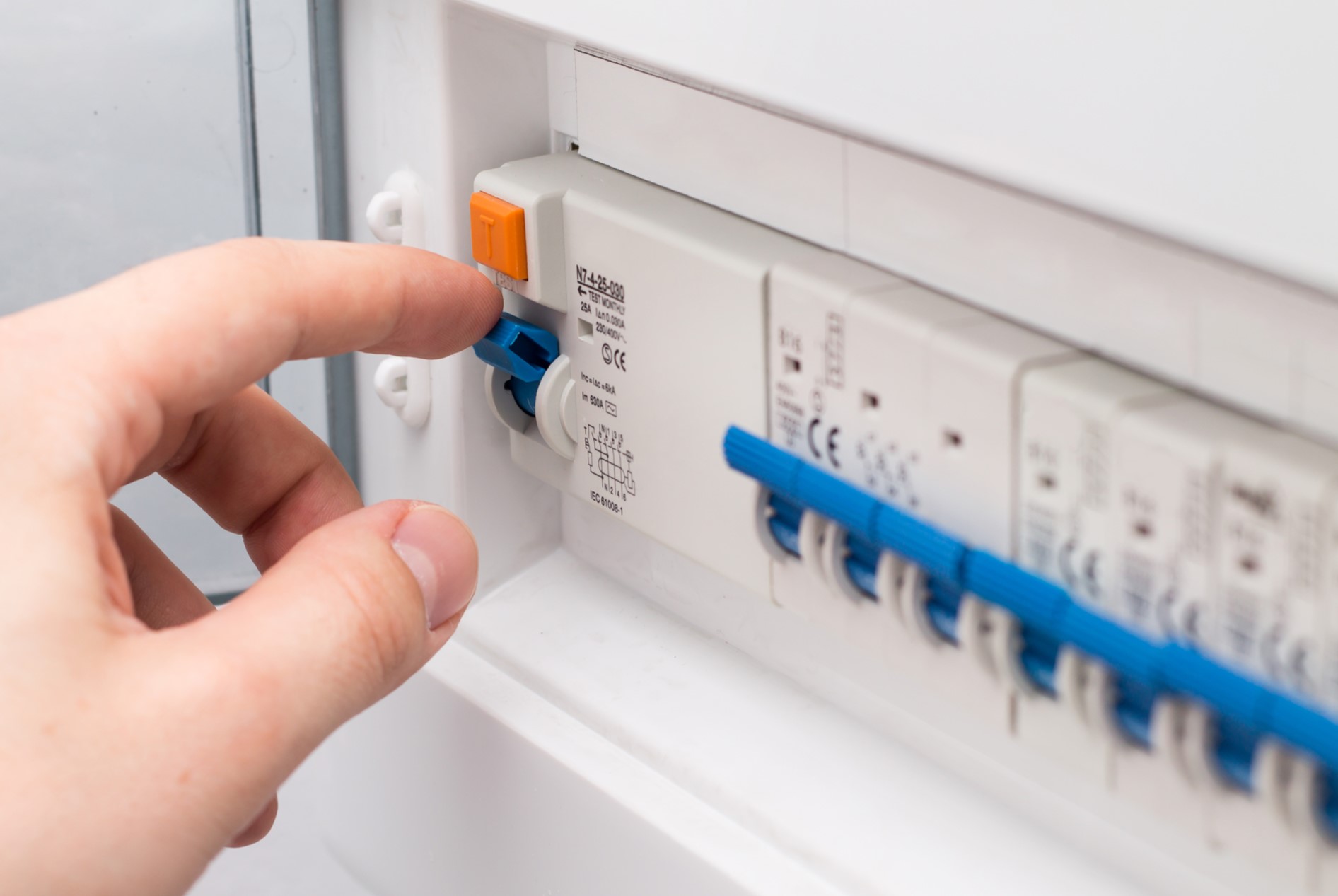
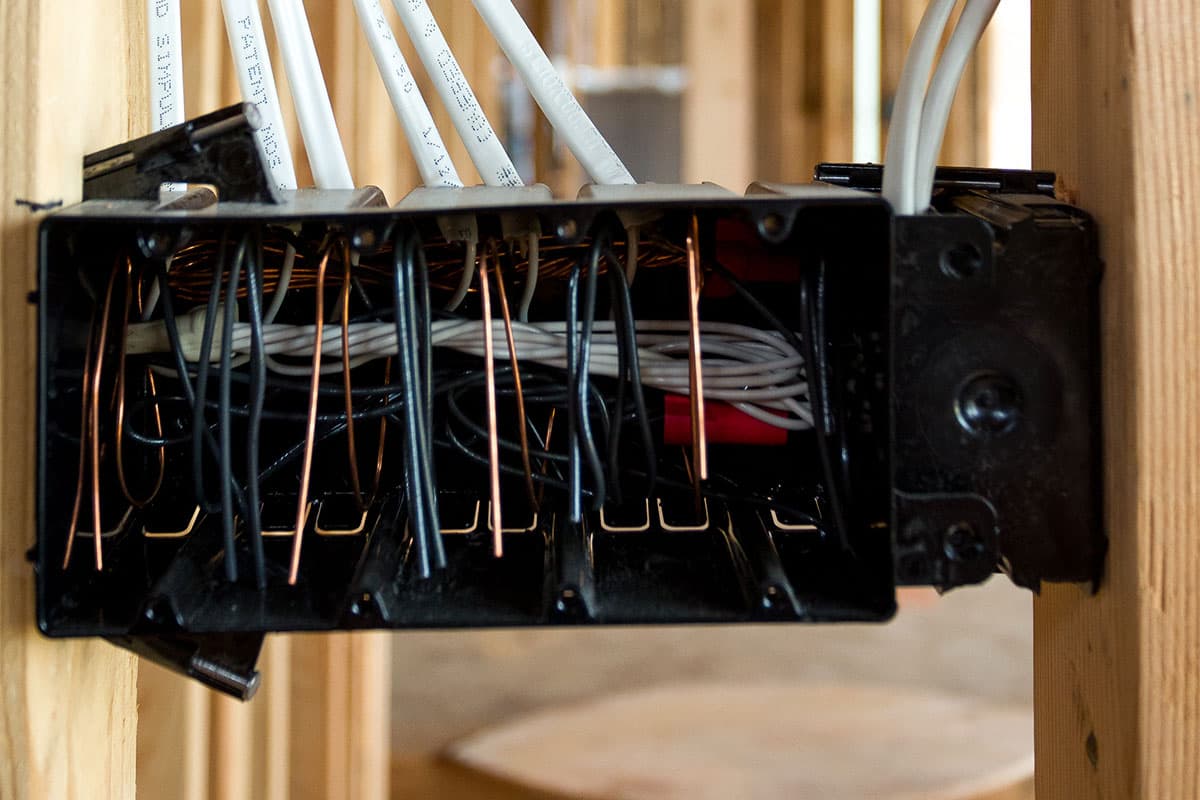
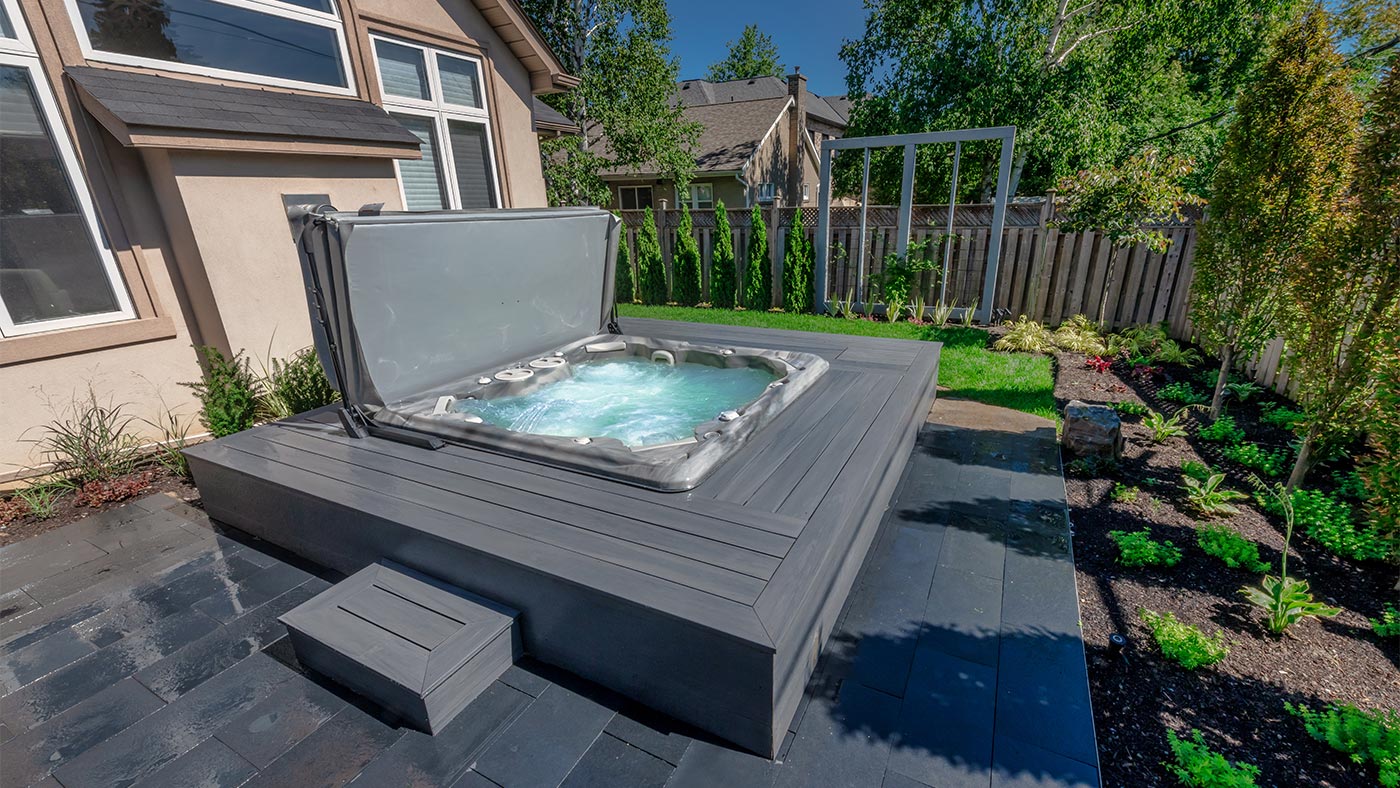
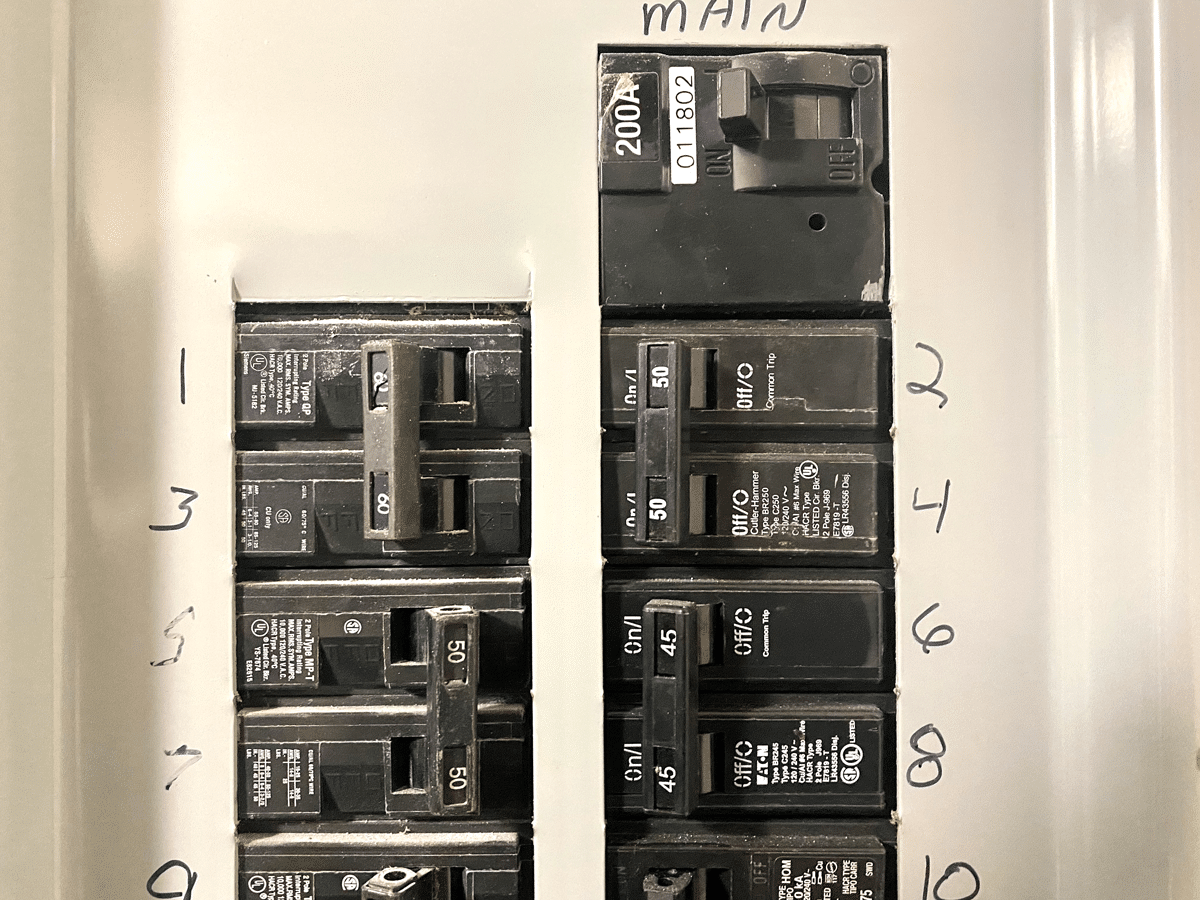
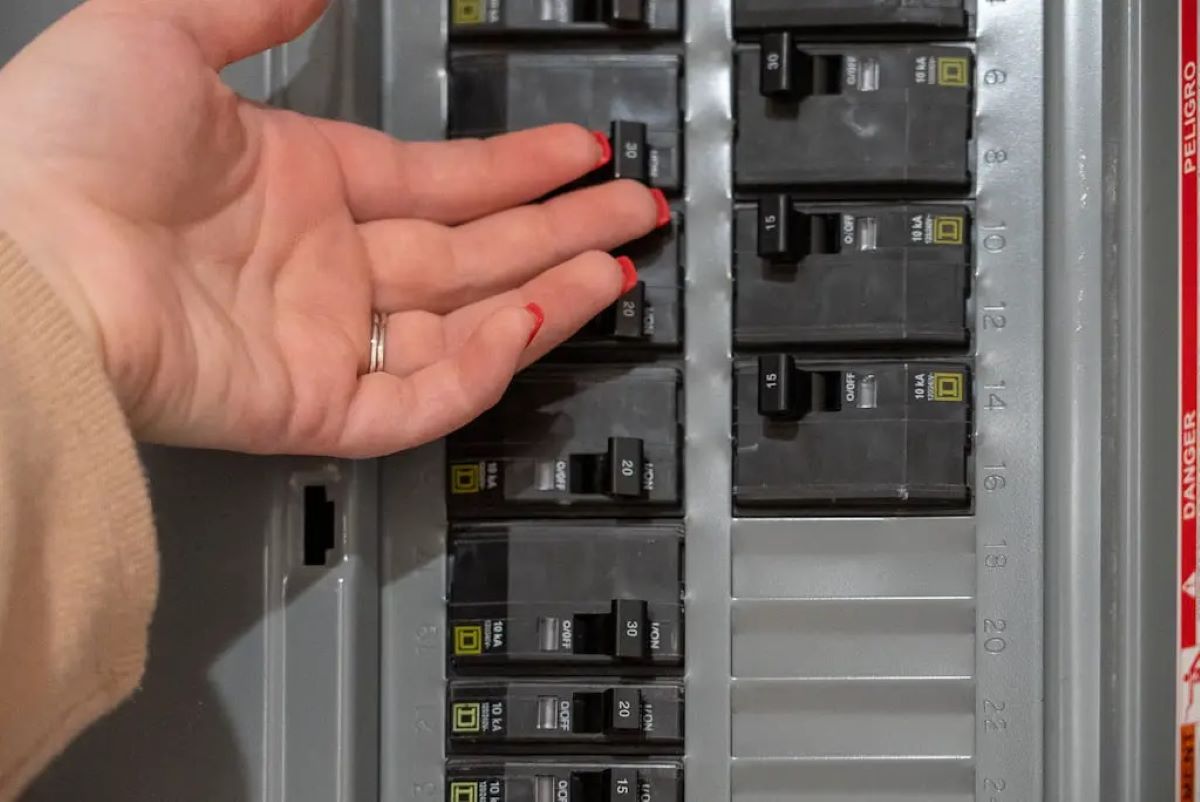
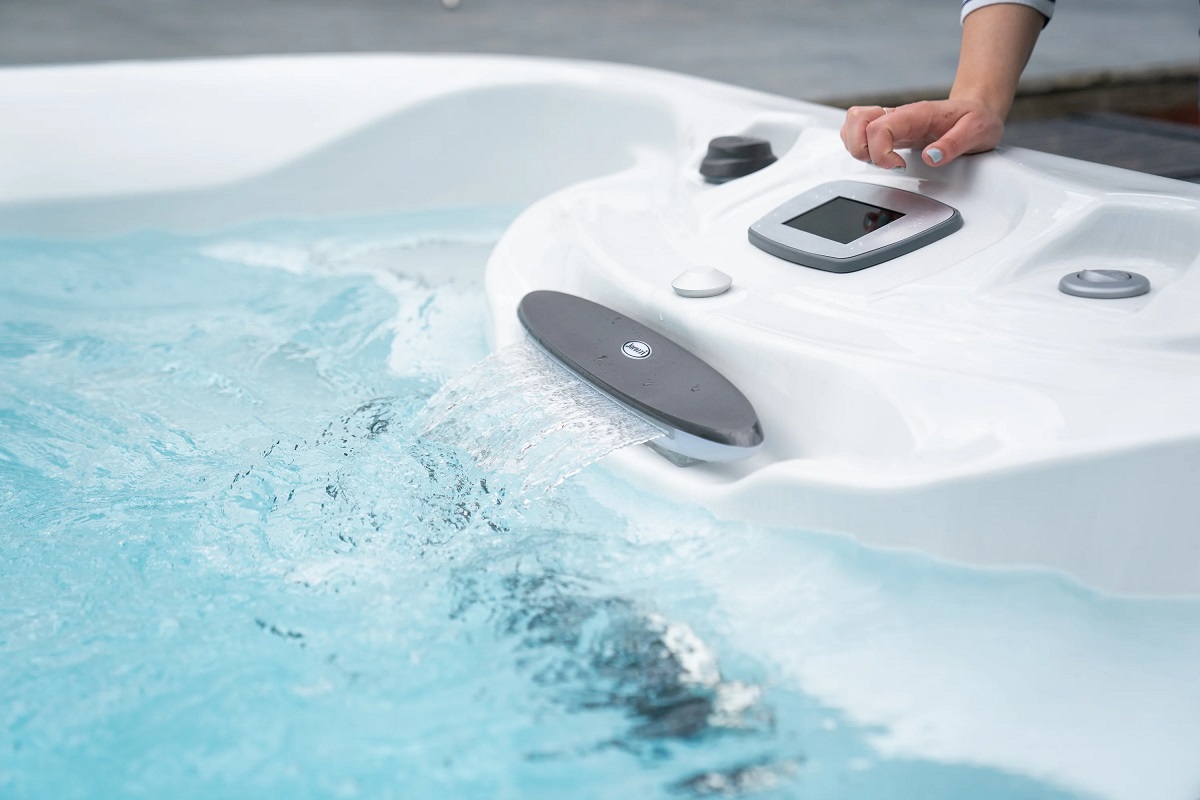
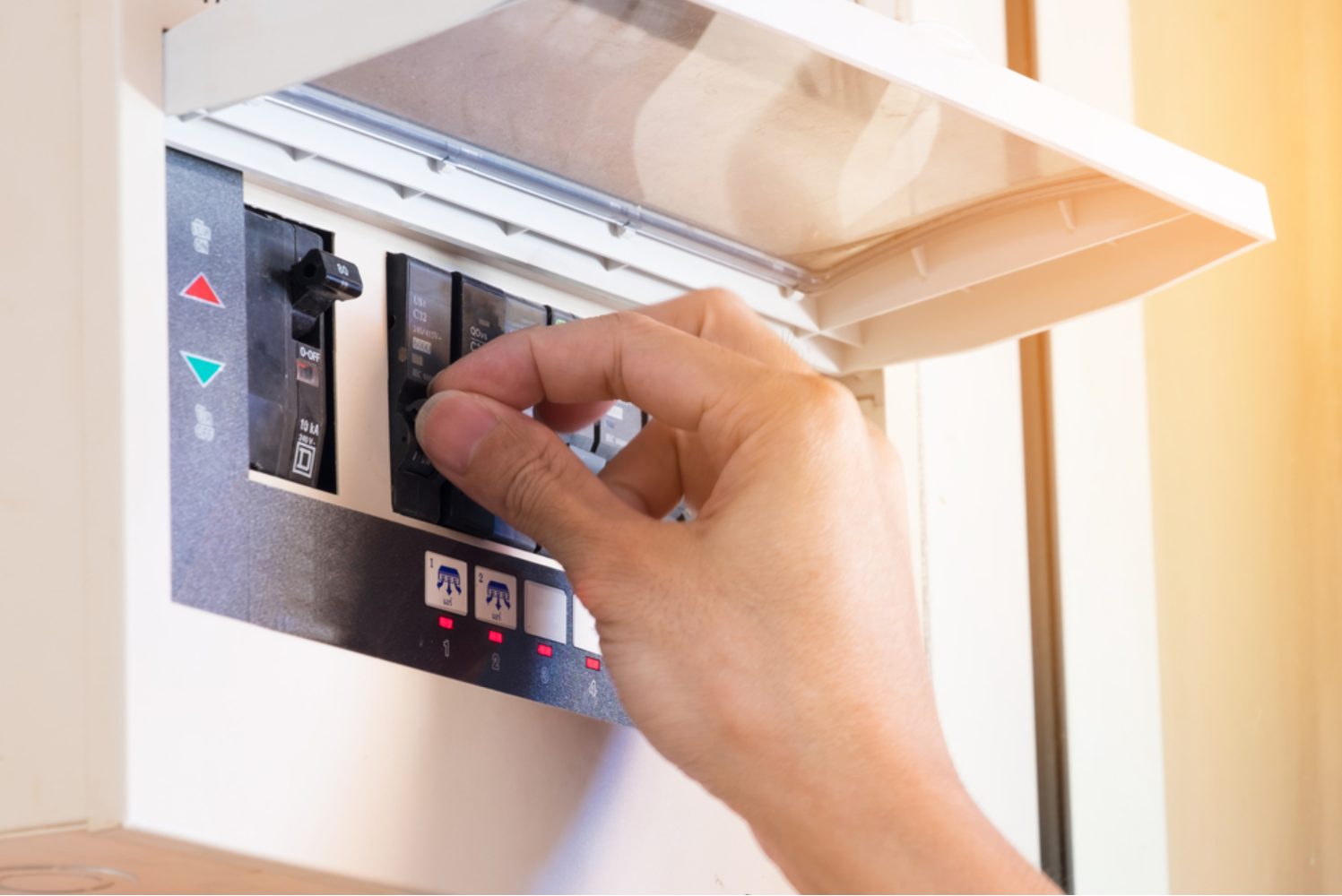
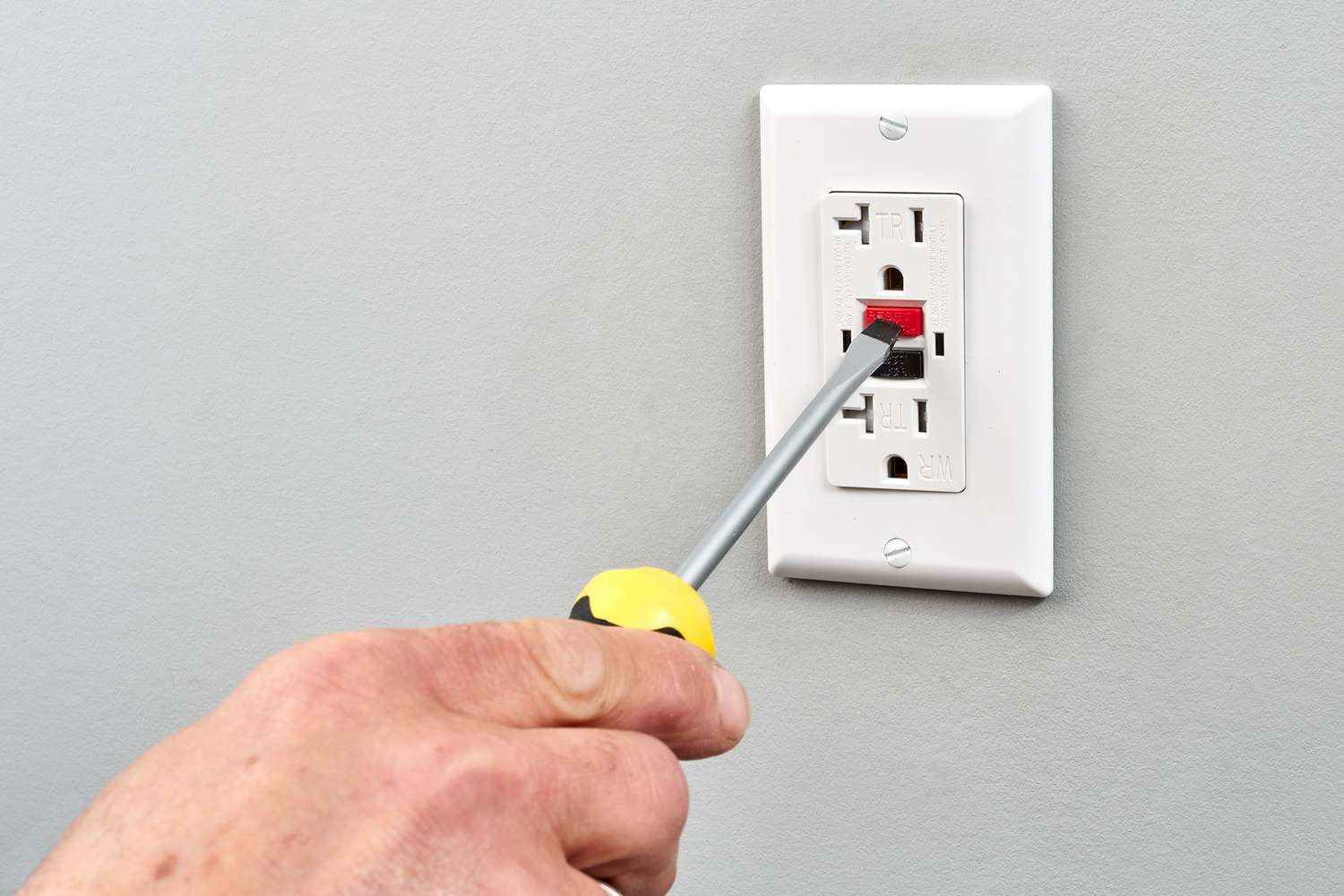
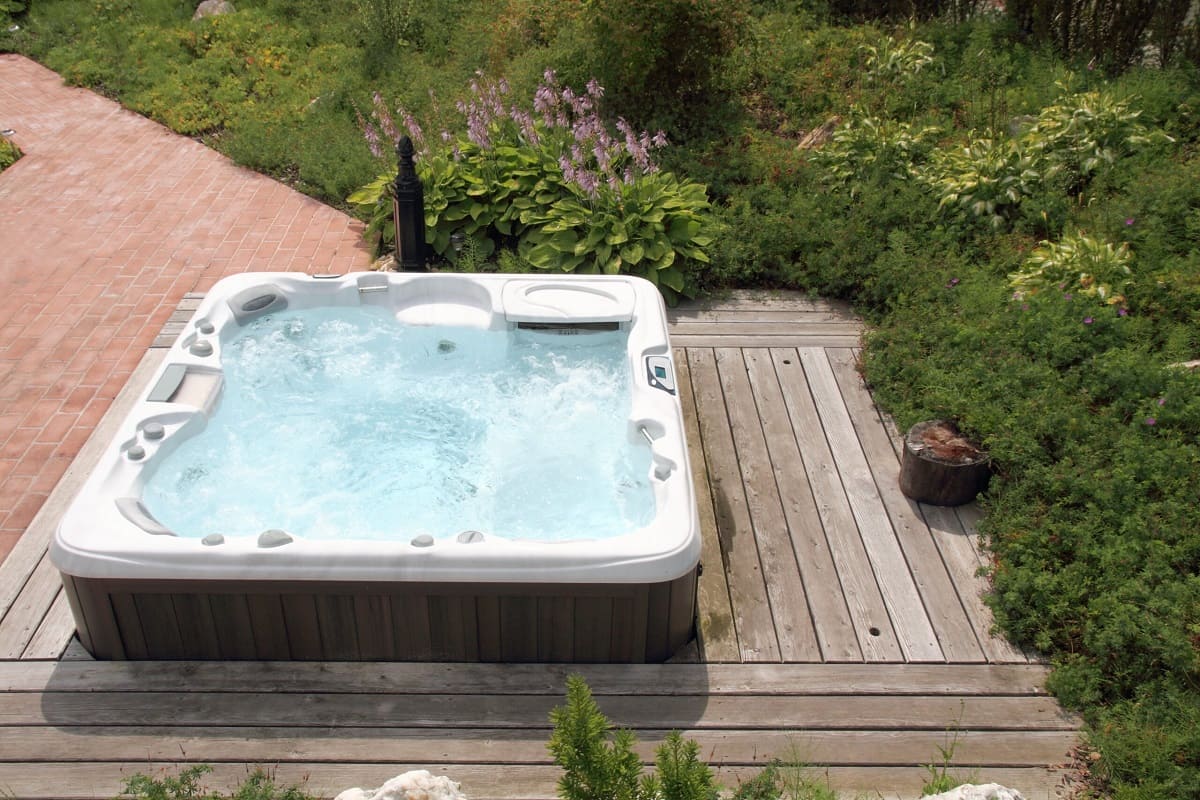
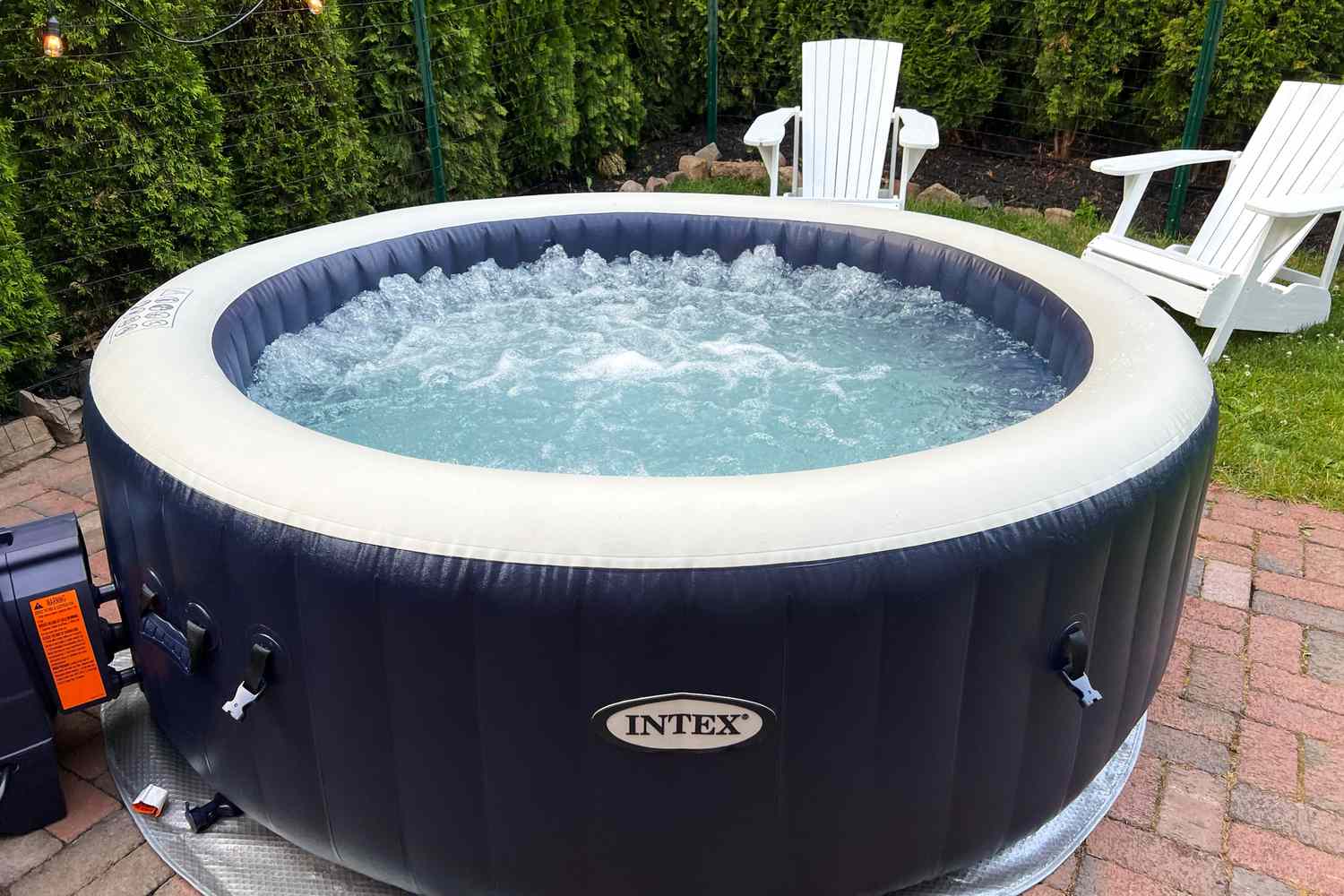
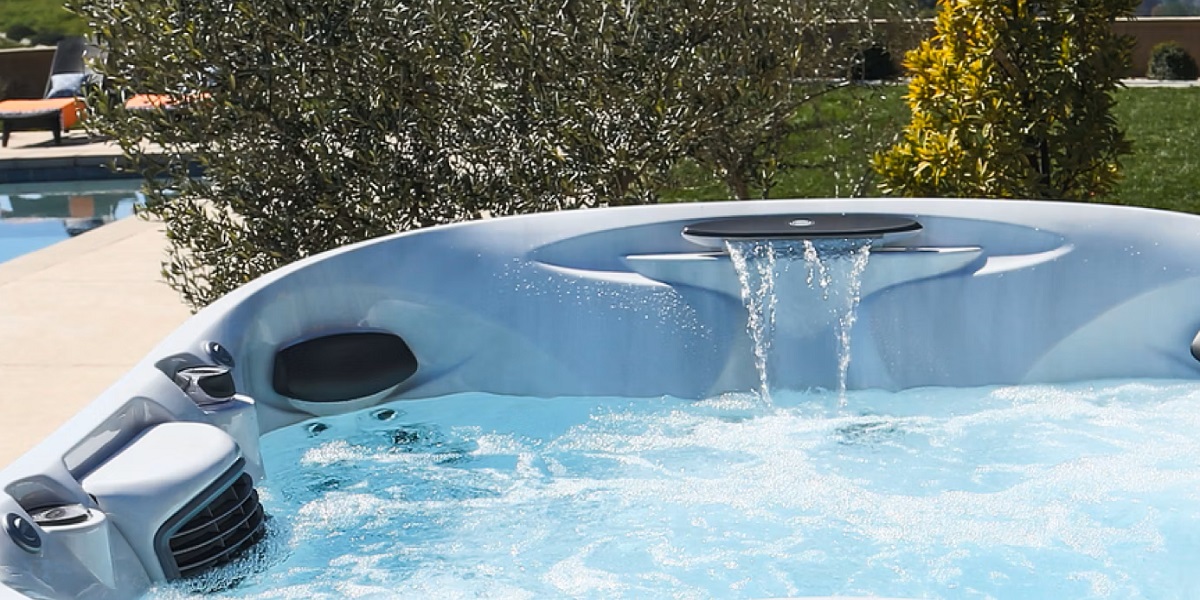
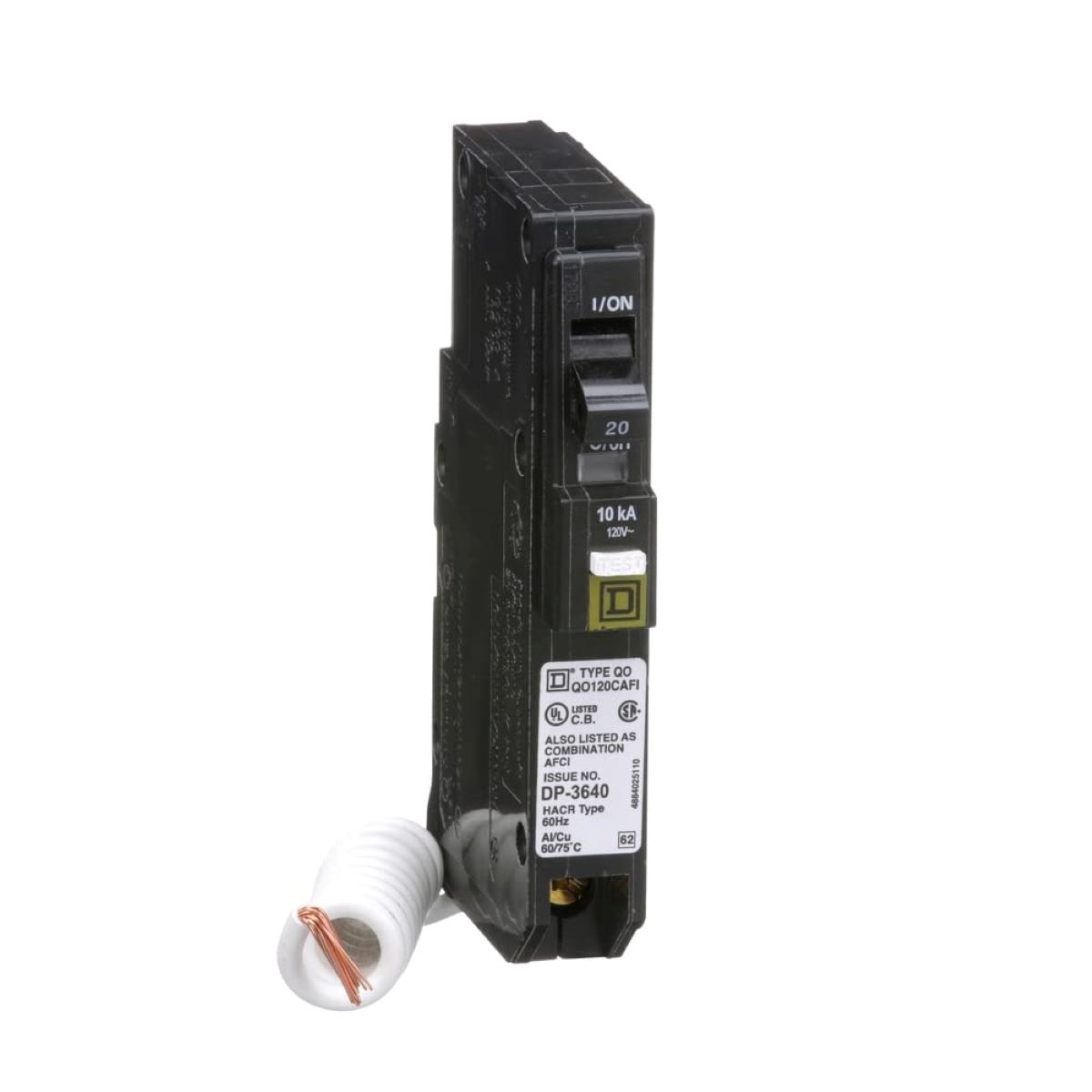
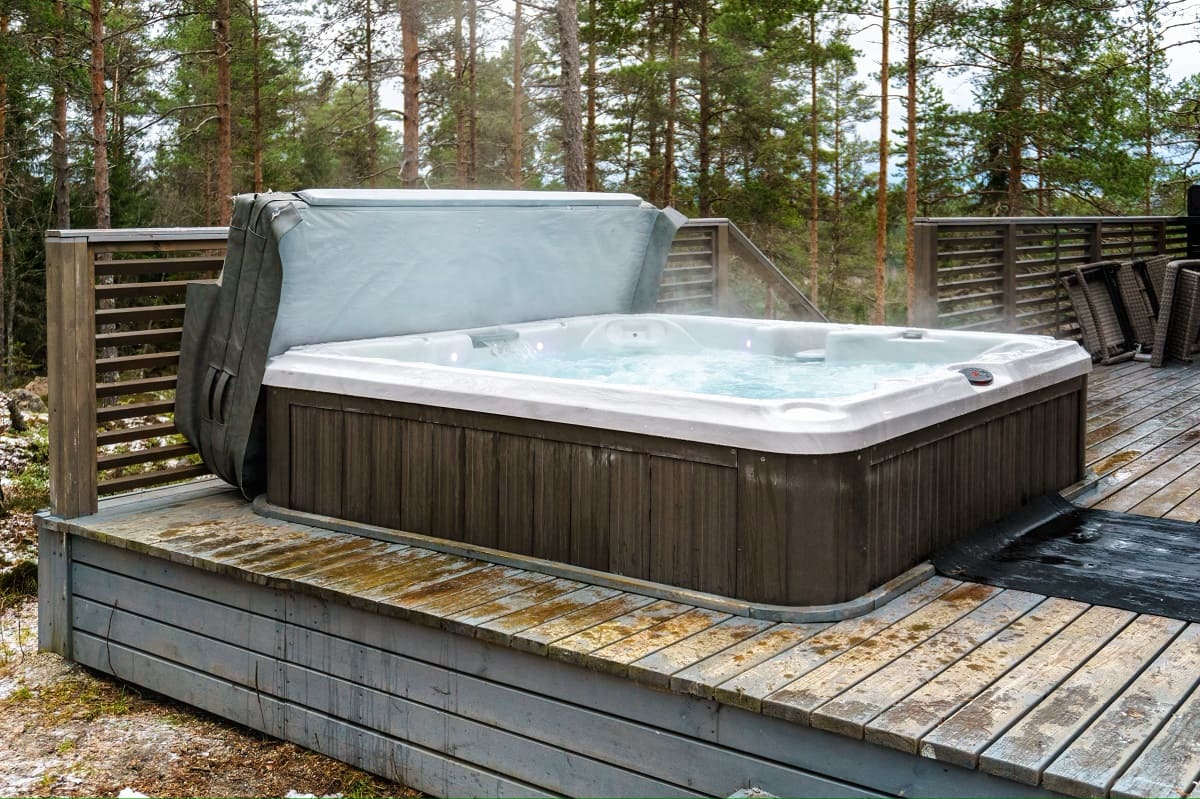

0 thoughts on “Why Does The Breaker On My Hot Tub Keep Tripping”